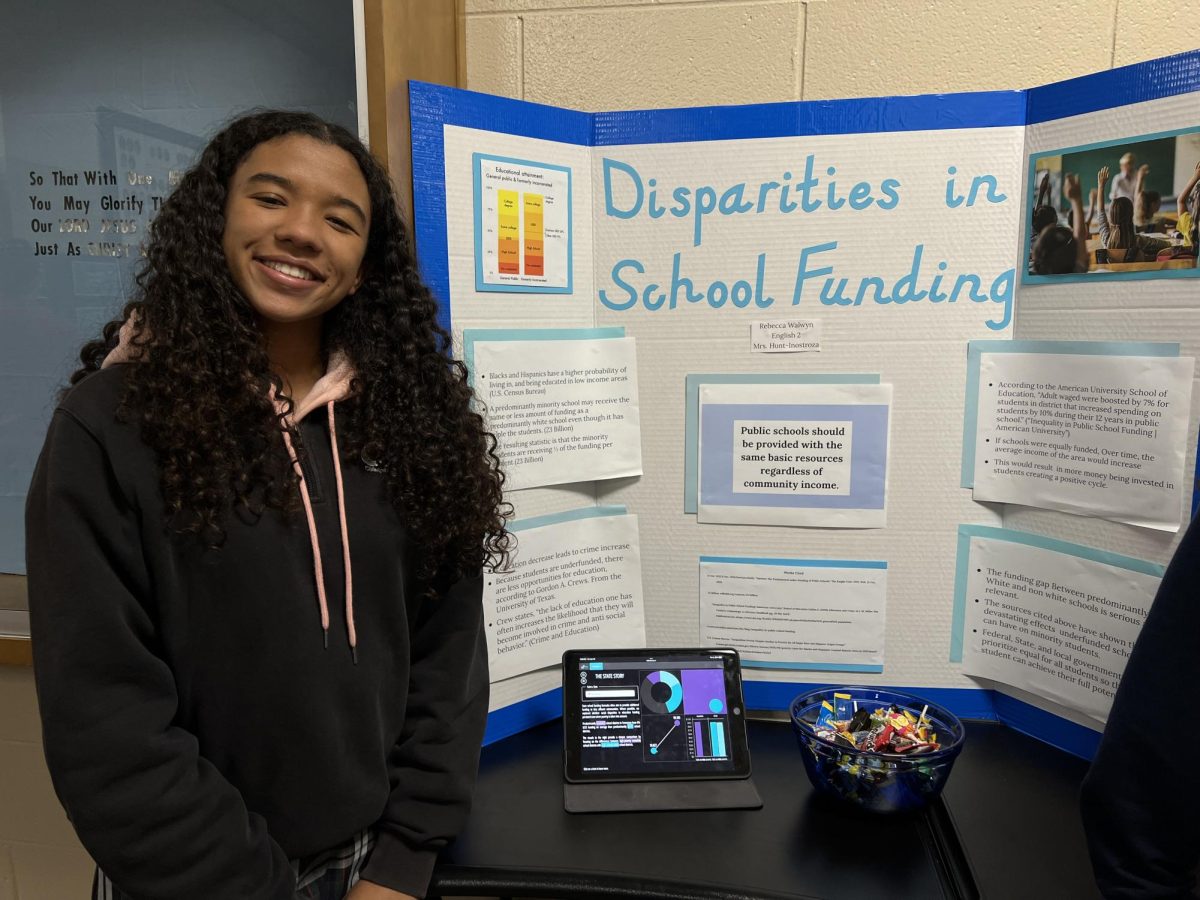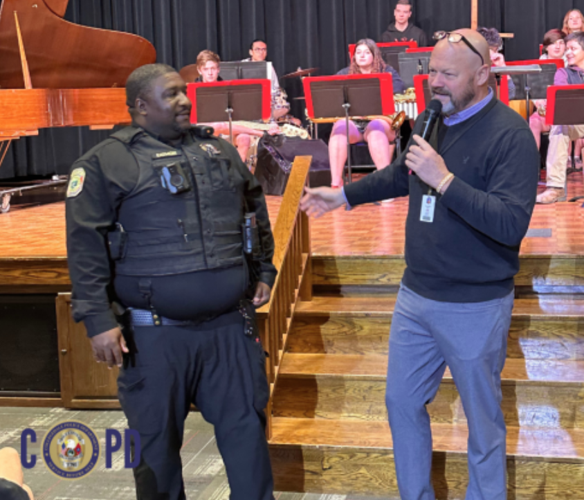Featuring: Guest Writer, Tamara Luz
On January 18th, 2015, Argentina was shaken by a death that brought to light a complex plot involving the intelligence services which left the country with a recurrent thought: nobody is safe.
Alberto Nisman was found on the floor of the bathroom in his apartment, a gun lying beside him. Only hours remained until the day when he would present proof to the Supreme Court of the explosive report he had made four days before, in which he accused the President of the country, Cristina Fernández, along with several other officials of the government close to her, of concealment of terrorist acts.
To know the background of this novel-like story we must go back to July 18th, 1994, the day that was marked by one of the worst terrorist attacks in the history of Argentina. A car bomb drove into the building of AMIA, a Jewish community center. Eighty-five people died. Nisman investigated the case for a long time, accusing the Iranian government of perpetrating the attack in 2006. However, no measures were taken more than red flag alerts issued by Interpol toward Iranian high functionaries, and in 2013, the Argentinian government would have raised the accusations, in exchange of the opening of a new commercial market, in which they would sell grain in exchange of cheap oil. This is what Nisman based his report on, backed by records of wiretapping and other proofs of that nature.
By Nisman’s last WhatsApp messages and testimonies from people close to him, we can deduce that in his last days he was nervous but confident, knowing it would be a tough but not impossible task. The day before his death, he approached one of his closest collaborators and asked him to lend him a gun. He already owned two, but because of the constant threats towards him and his daughters that he received, he begged Diego Lagomarsino to give him one. This gun, a calibre .22 Bersa, was the one that was found next to his body on the 18th.
From the first moment, this case was closely followed by the media, be it national or international, and of course contributed to by the people, who made #muertedenisman (Nisman’s death) a trending topic in just a few hours. The different versions and the contradictions –a fingerprint and an open door that have ceased to have been spoken about, different suspects discarded or forgotten, his police custodies being nowhere to be found in his last two hours –flooded the media, the talks in the cafés, and the daily lives of the Argentinians.
Only one day after, a multitudinous protest was spontaneously formed in several cities across the country, singing the National Anthem, bearing Argentine flags and handmade signs accusing the government of the death and shouting for justice. Argentina has a long history of anti-government demonstrations, the most known being the riots of December 2001 in the midst of a suffocating economic crisis that ended with the resignation of the current president.
Argentinians know that it’s very possible justice will never be naturally reached, so their strikes, riots and demonstrations are the options that they hope will give them what they need.
In harsh contrast with these demonstrations, President Cristina Fernández remained silent and hidden the first days; communicating only through two long letters published in her official Facebook account which is plagued with personal views, accusations and open contradictions.
She appeared finally the 26th in a national chain broadcasted to the entire country in which she took almost half an hour before she even mentioned the case. She never sent her condolences to the family. Currently she is on her way back from China, where she closed economic agreements with the country.
There are dozens of details and data surrounding this story, but one thing is sure, the polarity that has characterized the country in the last sixty years has only increased, dividing 40 million people in two groups that violently antagonize each other: sympathizers of the President and dissidents who plead for government change.
The truth is unknown, Nisman is dead, and the people are already forgetting his report. Everyone has their own opinion and theory, and the shadow of threats looms over many. Meanwhile, two young girls mourn the death of his father that will probably never be solved.
The people want answers, but the government would rather tweet Mia Farrow telling her to educate herself because she tweeted supporting the theory of President Fernández being behind the death. A big percentage of the population is already convinced the truth of the death will never be found.
This is the panorama Argentina lives. Argentinians remember past cases of suicides that were actually murders arranged by the higher spheres but were never solved; they’ve looked at the AMIA case itself, still open and unsolved after twenty years; they’ve shouted for justice in the streets many times; and they’ve received contradictory messages from those who should have given them answers. They’ve resigned, already, to the lack of justice.
Nisman’s last WhatsApp message was sent the day before his death. It read,
“Más temprano que tarde la verdad triunfa” (Sooner than later, truth will prevail).
Only time will tell if he was right.
By: Tamara Luz













